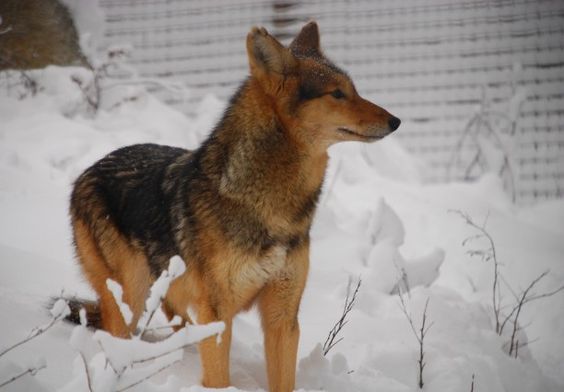

Recall the coywolf example from the introduction – biologists determined it contains genetic influence from wild wolves, coyotes, and domestic dogs.īut for technical purposes, the terms coydog and coywolf are used to describe two different cross breeding outcomes as follows: This means that all three can potentially crossbreed with each other to produce viable offspring. What is most important to remember here is that the coyote, the wild wolf, and the domestic dog are all closely related from a genetic basis. This means that, in addition to the coydog, the coywolf is actually a similar but separate crossbreeding.

This means that all dogs, including the German Shepherd dog breed, already share a genetic link to their wild cousins.īut what is the connection that dogs and wolves share with coyotes?Īs Scholastic researchers explain, coyotes and wolves also share a great deal of DNA. It also represents an example of cladograms, the hybridization (crossbreeding) between related species.Īll domestic dogs are now thought to be descended from wild wolves. This places all three species, the coyote, the wolf, and the domestic dog, into a greater group of related animals, called a “clade.” However, the exact percentages can vary quite a bit based on where the hybrid canine lives geographically. This short video shows you what a pairing between a coyote and a German Shepherd might look like. 30 percent wolf (eastern wolf and/or grey wolf).Specifically, the distribution of genes from at least the eastern contingent of coywolves typically looks like this: This means the proper term to use might be “coywolfdog.” Rather, this unique canine has inherited genes from all three species. The History and Taxonomy of the Modern Coyote German Shepherd Mix Dogīiologists explain that the modern coywolf is not all wolf, not all coyotes, and not all dogs. 9 Coyote German Shepherd Mix: Would You Ever Add a Coydog to Your Family?


 0 kommentar(er)
0 kommentar(er)
